Blog
Educational material, comparison studies and publications on SPR and other related techniques for researchers.
Educational material, comparison studies and publications on SPR and other related techniques for researchers.
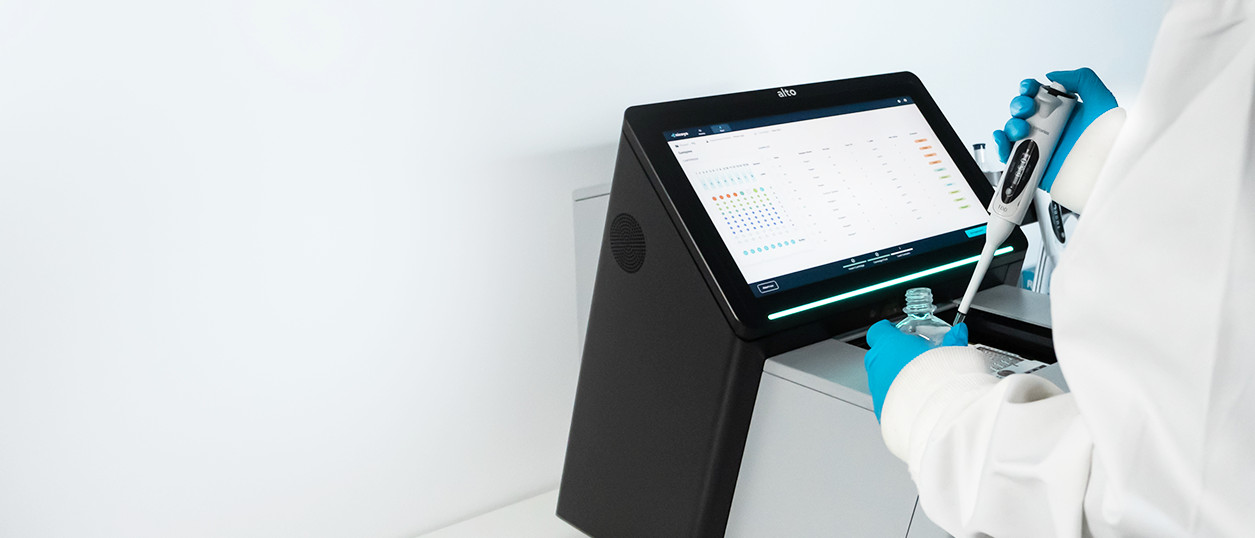
From assay design to optimization, our top 10 tips will guide you to success! After months of researching various technologies, evaluating surface plasmon resonance (SPR) instruments on the market, and zeroing in on the one that best fits your experimental workflow, it’s now time to design your first experiment. But where do you start? Diligent […]

Digital surface plasmon resonance (SPR) offers a more automated and versatile method for studying binding properties that determine lead quality and drug efficacy. Biomolecular interactions are at the heart of drug discovery as they promote the regulation and execution of biological processes in the body, and their characterization is critical to validating new targets and […]

With Sri’s energy, vision, and strategic direction, we’re ready to leap into the next chapter of our growth. One of the most exciting developments in our year so far has been the addition of Dr. Sriram Kumaraswamy as Senior Vice President of Marketing and Product at Nicoya. As we look to enhance global access to […]
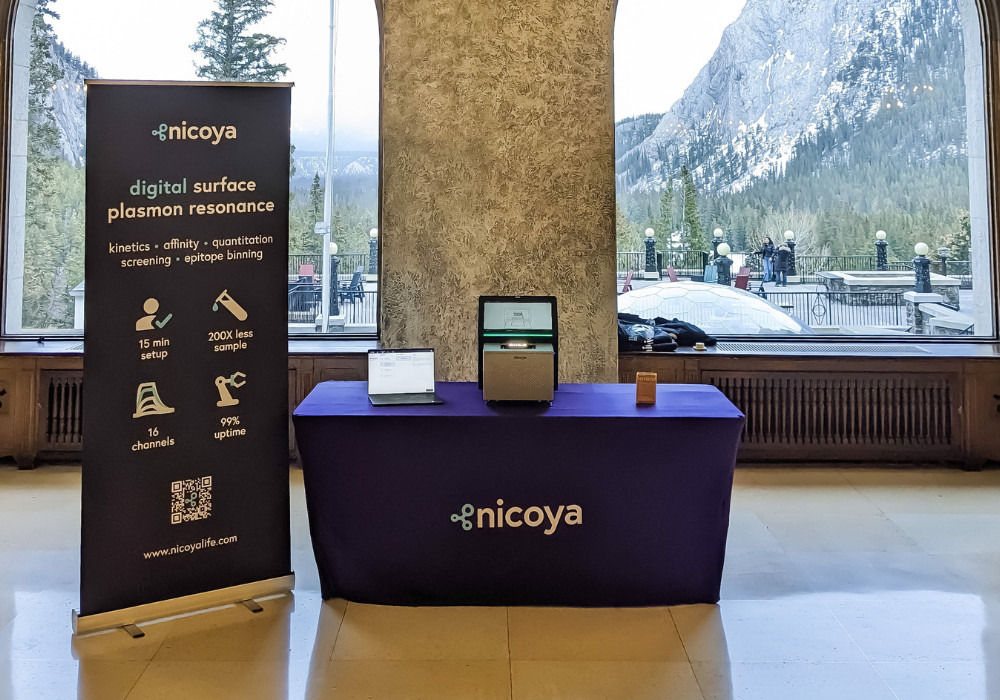
We spent a week with innovators of antibody therapeutics to learn how we can enhance development from bench to bedside By Mike Piazza, Associate Director of Applications Development We recently had the opportunity to attend the Next Generation Antibody Therapeutics meeting in the mountain-backed town of Banff, Calgary, and it was undoubtedly an eye-opening experience […]
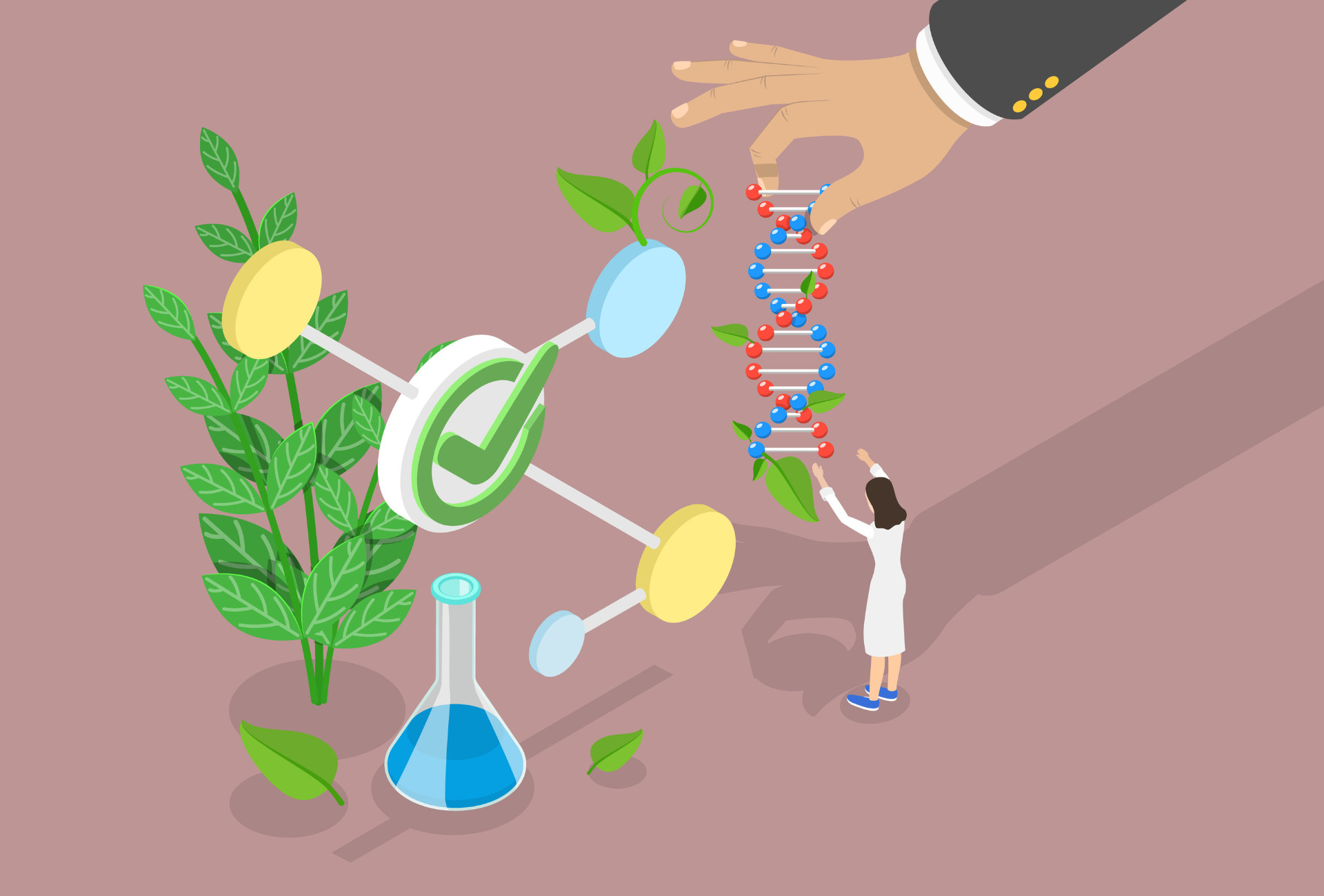
Next-generation methods that streamline biosimilar expression and characterization are imperative to lowering the cost of development and maximizing market growth. Biosimilars have delivered on their promise to cut costs, increase access, and improve patient lives. As highly similar successors to commercially-available biologics, they have transformed patient outcomes in the last several decades by treating diseases […]

Our next generation SPR platforms provide high-quality data and streamline research workflows to give you an edge in the fight against influenza. Influenza viruses cause respiratory infections in humans and are responsible for annual epidemics and historical pandemics, presenting significant health, societal, and economic burdens.1 As their RNA genome lacks proofreading capabilities and continually accumulates […]
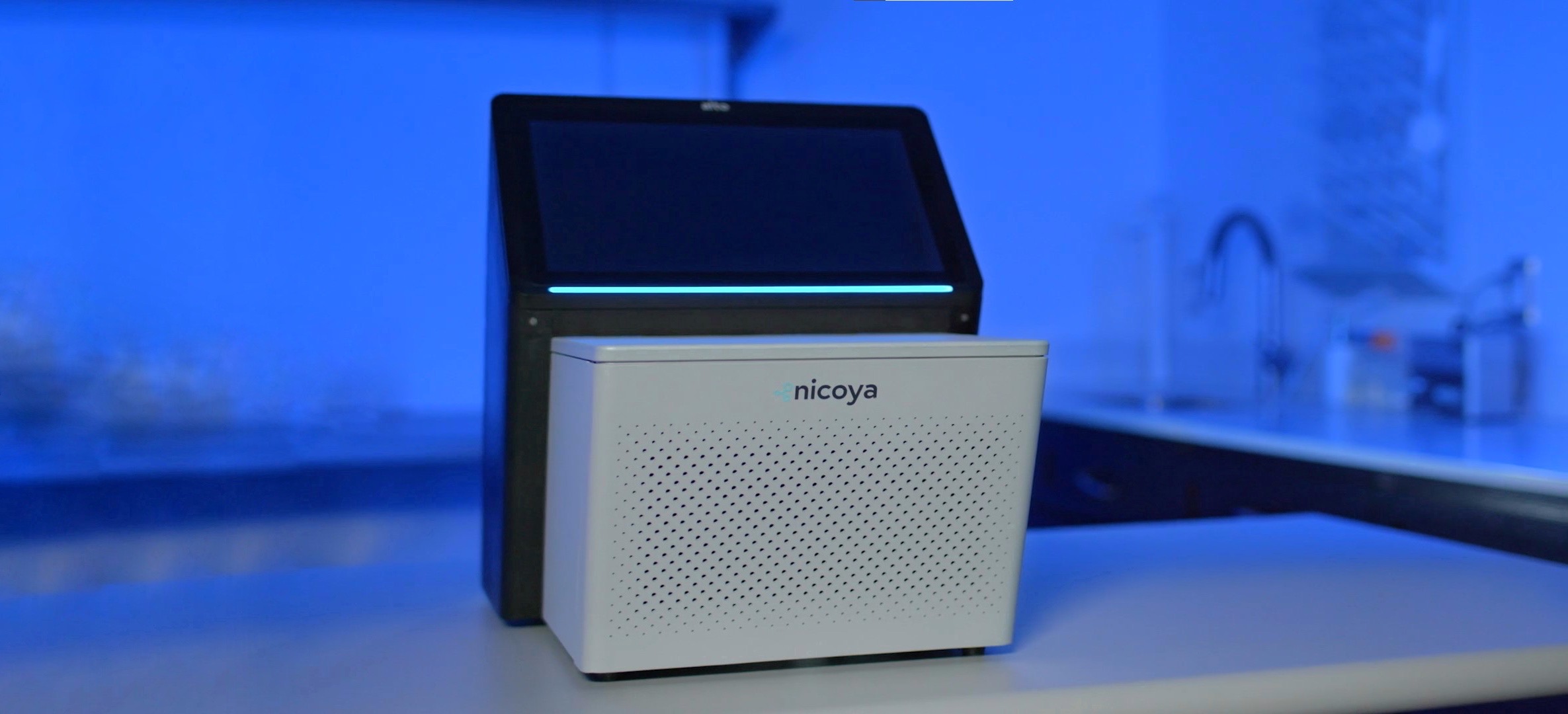
Binding analysis with surface plasmon resonance (SPR) provides both affinity and kinetics data, giving you the bigger picture. As one of the most standardized and well-characterized immunoassays performed in the lab, the ELISA (enzyme-linked immunosorbent assay) is repeatedly recognized as the gold standard for detecting antibodies, proteins, and other biomolecules for a variety of research […]
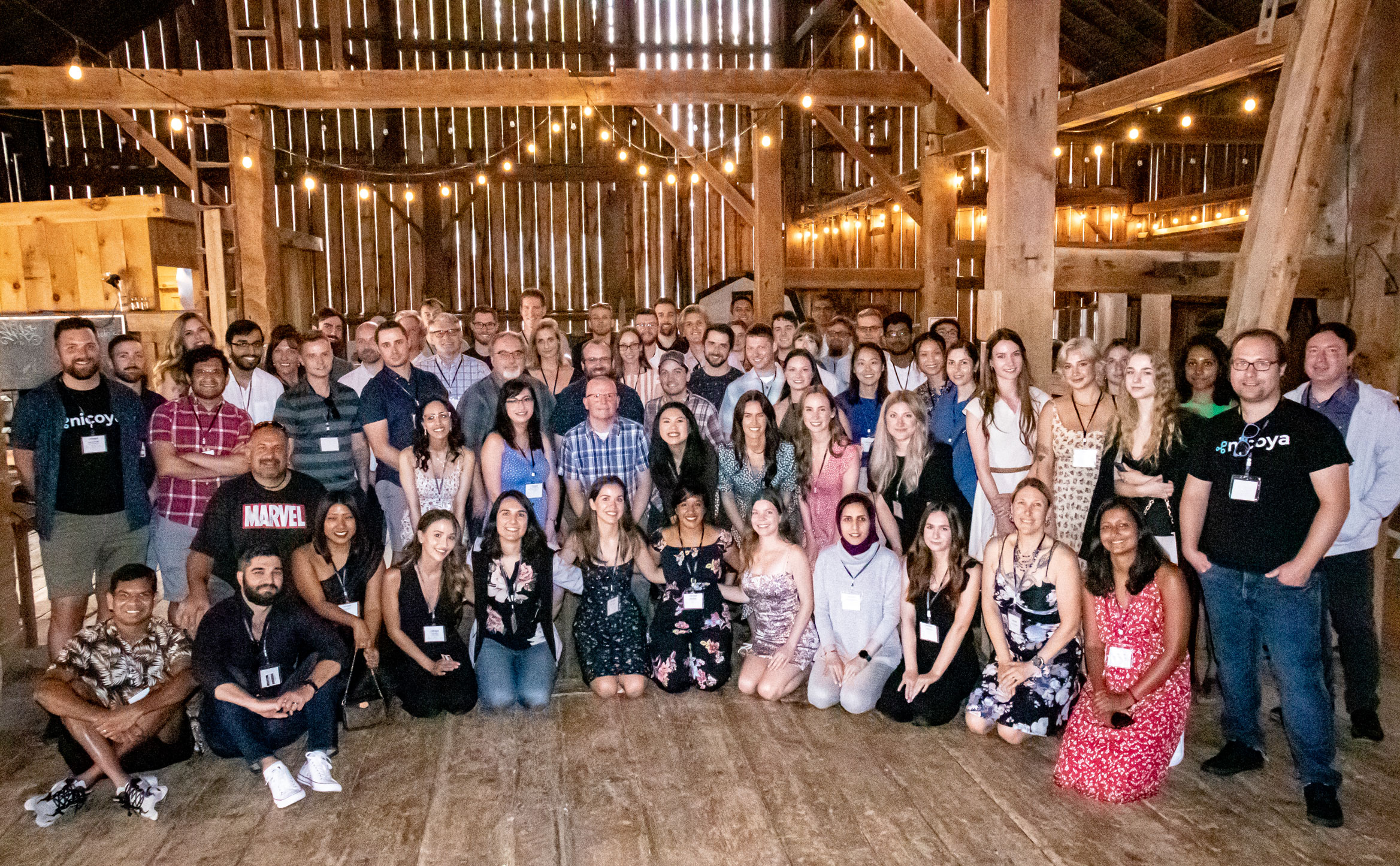
We took a moment to look back on the key events that shaped this milestone year. By Ryan Denomme, Co-Founder and CEO Quick links A year of milestones What’s new for our users? Learnings from the field The road ahead As another whirlwind year comes to an end, I have yet to fully grasp that […]
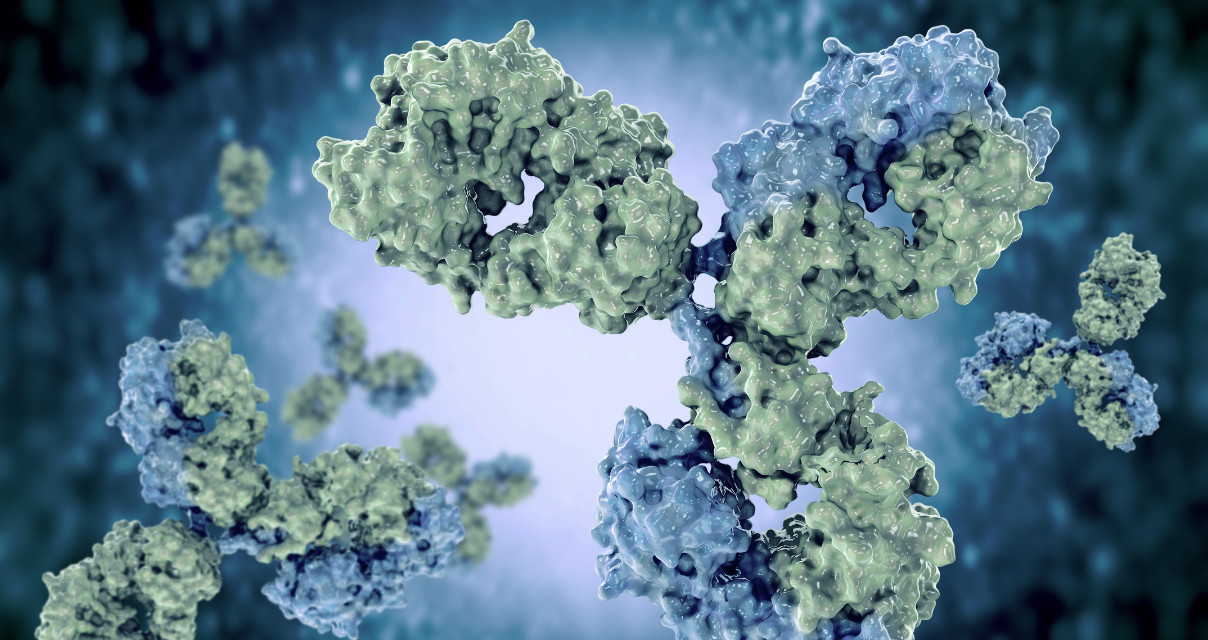
Alto™ streamlines the characterization of Fc gamma receptors in our latest app note comparing analysis with Digital SPR and BLI. Fc receptors (FcR), named for their binding specificity to the fragment crystallizable region of antibodies, play a key role in myriad biologic pathways. As FcR dysregulation is implicated in a wide range of autoimmune disorders, […]
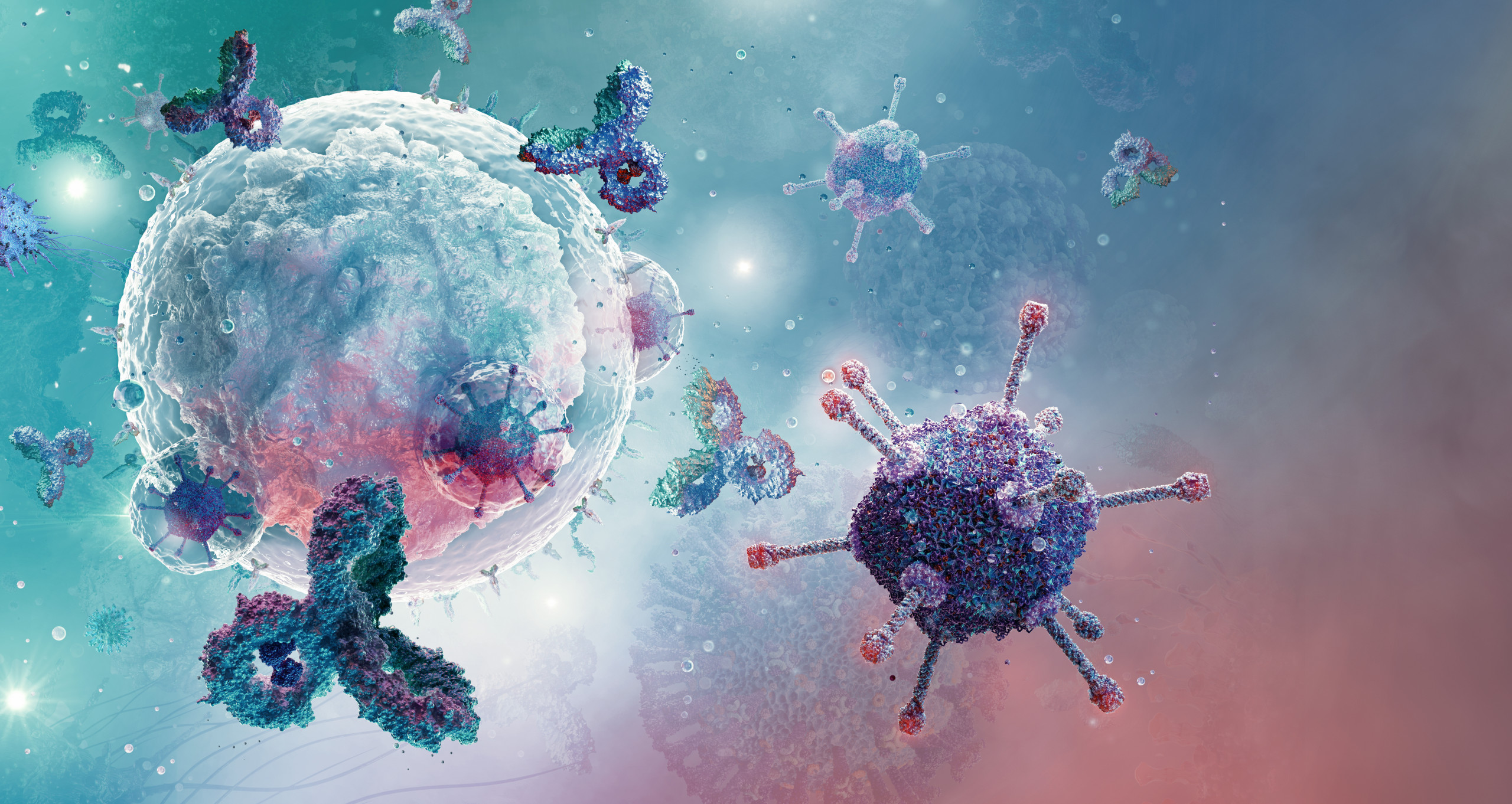
Kinetic analysis of de novo autoreactivity in severe COVID-19 reveals important implications for early intervention and treatment in patients with post-COVID sequelae. The SARS-CoV-2 outbreak was first declared a Public Health Emergency of International Concern by the World Health Organization (WHO) on January 30, 2020, and upgraded to pandemic status just five weeks later.1 This […]